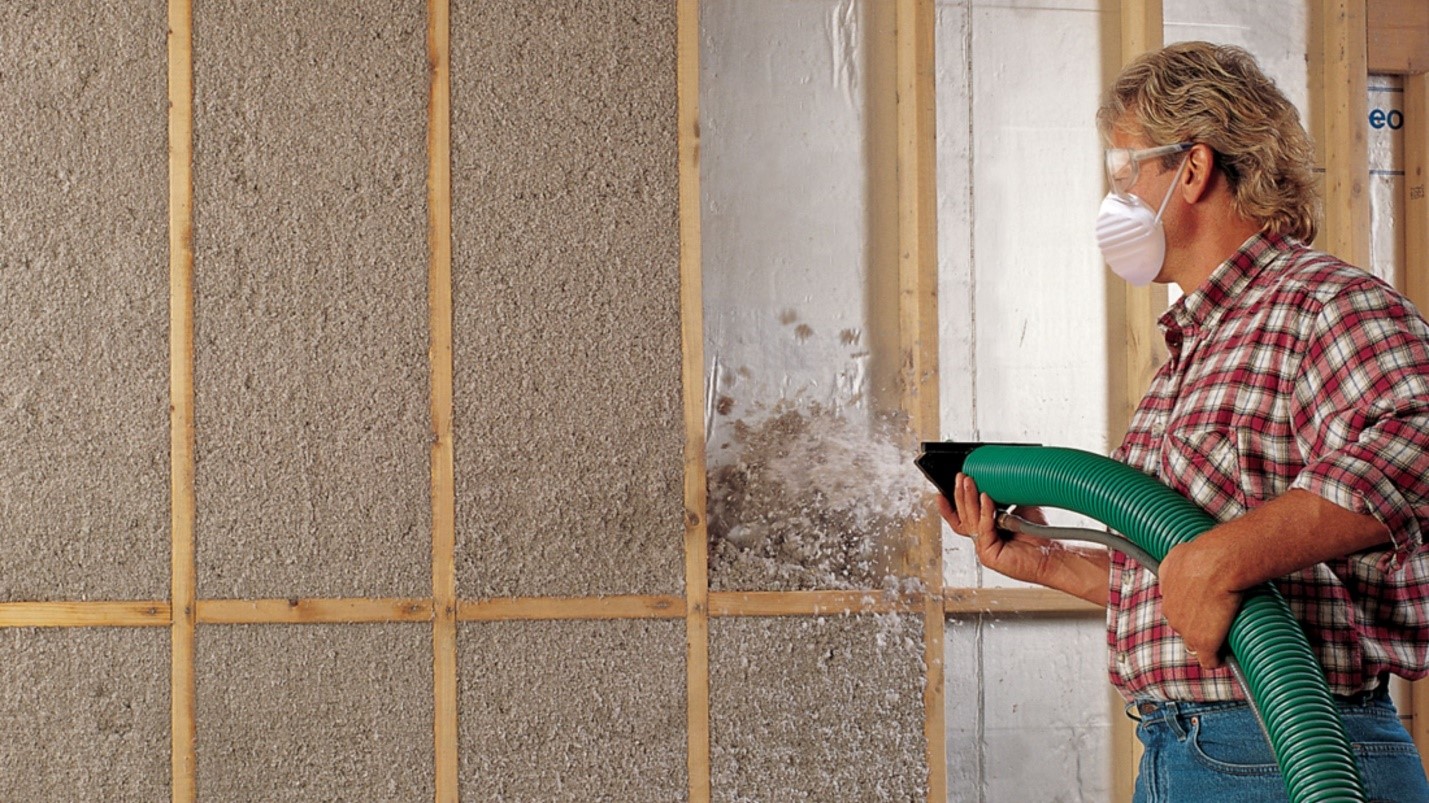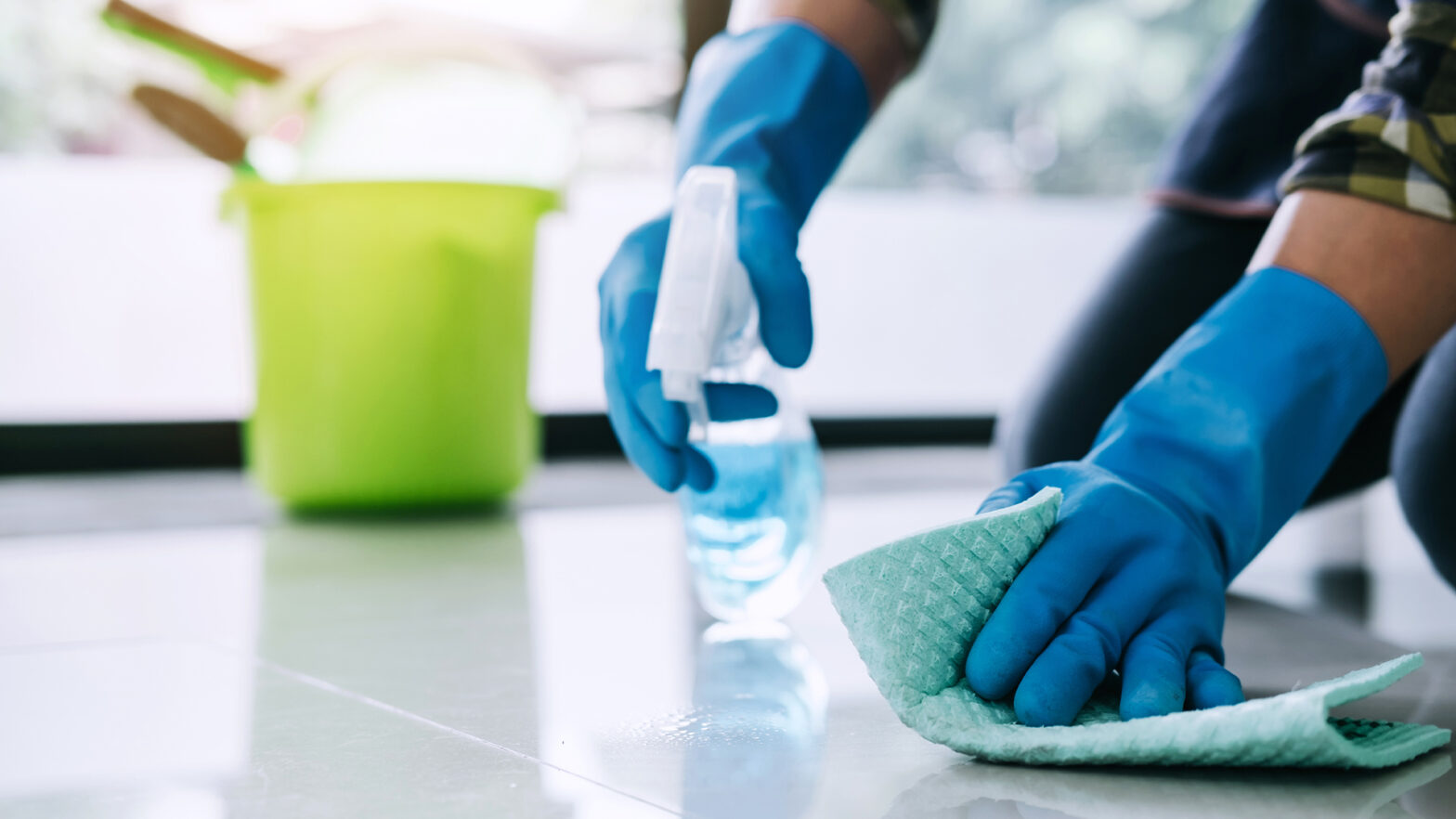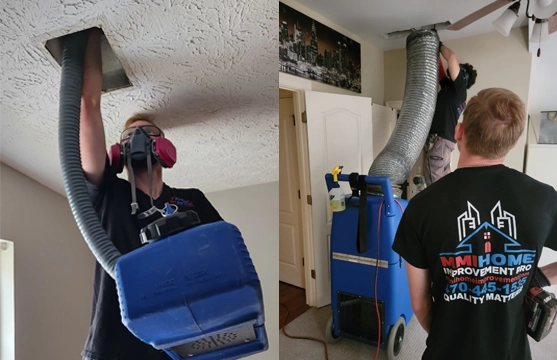Tips to Insulate a House with Existing Walls
From blown-in cellulose insulation to foam-with such techniques, you can insulate your house without removing the wall.
Old homes are usually not insulated. Such homes lead to high energy costs and discomfort during extreme weather conditions. A lack of insulation results in overtaxing cooling and heating system. It blows out hot or cold air and creates an environment not so welcoming.
There is no need to break the walls to get them insulated. You can check out the tips that will make you understand how to insulate a house with existing walls and without breaking them at all. Rest, when performing insulation estimate for construction, adding the insulation material cost is a must because it is a prime cost which ultimately brings a huge difference in your budget. Other details are mentioned below:
Tip # 1-Foam insulation
Foam injection insulation lets you insulate the house behind closed walls. It withstands moisture, mold and mildew well than fiberglass insulation. Furthermore, this technique is known for its strong expansion properties. It makes its way in hard to reach areas. It comes in the cans form and they are readily available at shops.
The material is sprayed in a liquid form and expands the minute it makes contact with air. You spot a fluffy kind of soft appearance with a high R value. Besides, the material expands on its own to fill the holes, cracks and gaps and there should be no air openings. Air openings allow hot or cold air to escape, so keep in mind this thing.
If you want to insulate the attic, liquid foam is sprayed right between the rafters. You can trim the excess material with the help of a knife or saw. Experts have advised to hire a professional to conduct injection foam insulation; he exactly knows how the process goes. So, if you want to avoid wall damage, go with this insulation method. If you want to replace the walls as well the do get a Drywall Takeoff Estimate. for that beforehand.
Tip # 2-Blown-in cellulose insulation
Blown-in cellulose insulation discards the need of breaking the wall. It appears in a paper form and later on turns into insulation that usually and generally fills walls cavities. Boric acid is the primary ingredient used to conduct this method.
Moreover, this method promises fire resistance and resist mold, mildew and pests. A series of holes gets drilled into the wall and the respective material is injected into the wall cavity. You must watch out for wires and keep them damage-free.
Retrofitting is another name given to this method. You only have to cut access holes. Afterwards, blow-in insulation and then do the patching. Professionals carry out this technique with more accuracy and precision. They know how to make the insulation performs well. It has been repeatedly advised to insulate walls, attics, under floor and crawling spaces with this method.
Tip # 3-Blow-in blanket insulation BIBS
BIBS, also known as blow-in blanket insulation allows you insulate the walls without breaking or opening them up. From eco-friendly standpoint of view, uninsulated walls have never sounded impressive. So, insulate your walls on a priority basis.
Recently, we have come across BIBS method which blends injection and roll insulation techniques. You can implement this method either on the open or closed walls, the choice is yours. In the case of open walls, a fabric sheath gets attached to studs containing fiberglass. The primary benefit of adopting BIBS technique is that it soaks up moisture and resist mold and mildew growth at its best.
Tip # 4-Rigid panels insulation
Rigid panel boards are made of extruded polystyrene (XPS) or at times they are made of polyisocyanurate foam. Note that these panels are attached onto the wall exterior and act as a vapor barrier. During cold weather times, keep the boards inside the walls to prevent warm air from escaping.
Tip # 5-Roll or batt insulation
Roll or batt insulation works best on attic. It is made of cotton, fiberglass or wool. Fiberglass is common material which is readily available at stores, so it is wise to choose this option. Simply lay roll or batt right between the joists of the ceiling and you are good to go.
Why to insulate the house?
- Insulating the home offers utmost resistance to heat flow.
- It ultimately brings a lot of reduction in your heating and cooling costs.
- Insulation keeps the home’s environment comfortable.
- It makes the home energy-efficient and reduces energy bills in the best possible manner.
- The value of your home gets increased.
- It prevents heat from escaping in the cold weather times.
- In the same way, it does not allow heat to enter into your home premises during summers.
- Insulating the home decrease greenhouse gas emissions.
If you still have questions on how to insulate a house with existing walls and preventing any sort of drywall damage, we recommend you going with these techniques. Stay tuned for more updates!



































